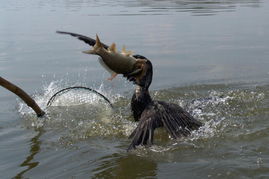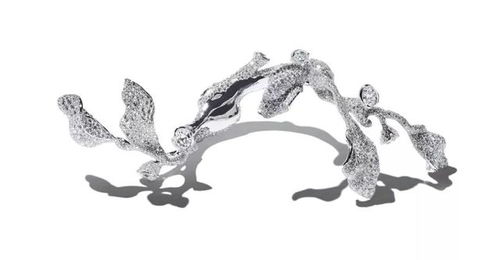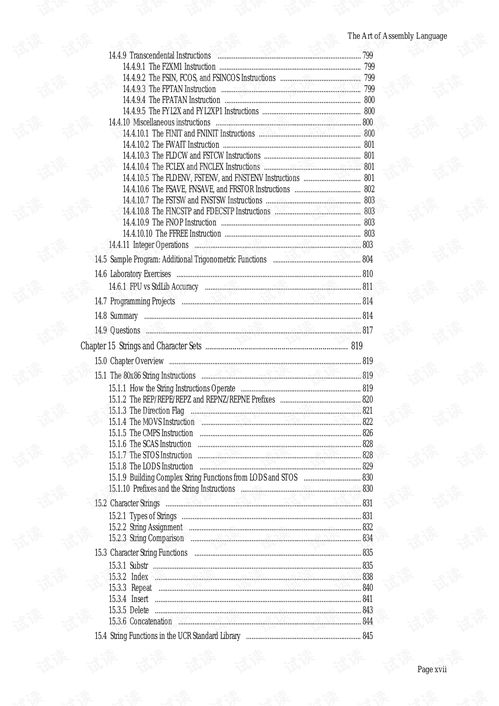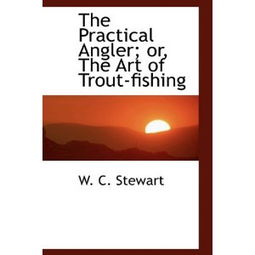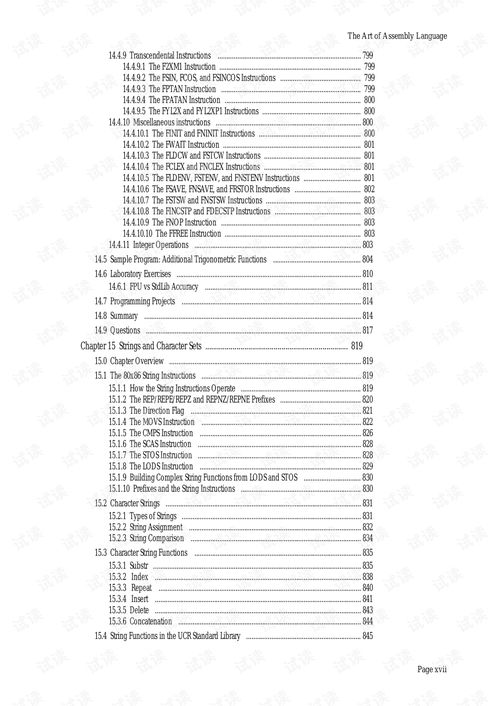Content:
Fishing with a rigged hook is a fundamental skill that every angler should master. Whether you're a seasoned pro or a beginner, understanding how to use a rig hook effectively can significantly enhance your fishing experience. In this comprehensive guide, we'll delve into the intricacies of rigging a hook, exploring various techniques and tips to help you catch more fish.
Understanding the Rigged Hook
Before we dive into the nitty-gritty of fishing techniques, let's first understand what a rigged hook is. A rig hook is a fishing rig that incorporates a hook or hooks into a specific arrangement, often with additional components like swivels, leaders, and weights. The purpose of a rig hook is to present the bait in a way that mimics the natural movement of fish prey, thereby increasing the chances of a successful catch.
Choosing the Right Rig Hook
The first step in mastering the art of fishing with a rig hook is to choose the right one for your target species and fishing conditions. Here are some common types of rig hooks and their ideal applications:
Crankbait Rig: Ideal for fishing in deeper waters, the crankbait rig features a hook attached to a weighted body that dives to different depths. It's perfect for targeting fish like bass and walleye.
Jigging Rig: This rig consists of a jig head with a hook attached to a leader. It's used for bottom fishing and is excellent for catching species like catfish and northern pike.
Spinner Rig: The spinner rig features a hook attached to a spinner blade, which creates a flash and vibration to attract fish. It's versatile and works well for a variety of species, including trout and panfish.
Drop Shot Rig: This rig consists of a small weight attached to a leader, with a hook at the end. It's ideal for fishing in clear water and is perfect for catching species like bass and bluegill.
Rigging Your Hook

Once you've chosen the right rig hook, it's time to rig it properly. Here's a step-by-step guide for rigging a basic rig hook:
Thread the Hook: Start by threading the hook through the appropriate part of the rig, such as the eye of a jig head or the hook holder of a spinner rig.
Attach the Leader: If your rig requires a leader, thread it through the rig and tie a secure knot, such as an improved clinch knot or a Palomar knot.
Add Additional Components: If your rig requires additional components like a swivel or a weight, attach them according to the manufacturer's instructions.
Adjust the Rig: Once everything is in place, adjust the rig to ensure that the hook is properly positioned and that the weight is distributing the bait correctly.
Fishing Techniques
Now that your rig hook is properly rigged, it's time to put it to use. Here are some essential fishing techniques to help you catch more fish:
Cast Your Line: Cast your line out into the water, aiming for the desired target area. Be sure to maintain a steady and controlled cast to avoid snags.
Work the Bait: Depending on the type of rig you're using, you'll need to work the bait in a specific way. For example, with a crankbait rig, you'll want to retrieve the bait at a consistent pace, while with a drop shot rig, you'll want to let the bait fall and then twitch it gently.
Adjust Your Retrieve: Pay attention to the water conditions and the behavior of the fish. If the fish are actively feeding, you may need to retrieve the bait more aggressively. If they're more cautious, a slower and more subtle retrieve may be more effective.
Set the Hook: When you feel a bite, set the hook quickly and firmly. Avoid jerking the rod too hard, as this can cause the fish to spit the bait out.
Play the Fish: Once you've set the hook, play the fish carefully. Avoid reeling in too quickly, as this can cause the fish to become stressed or break the line. Instead, allow the fish to tire itself out while maintaining tension on the line.
Safety and Etiquette
Fishing with a rig hook is not just about technique; it's also about safety and etiquette. Here are some key points to keep in mind:
Use the Right Gear: Always use the appropriate gear for the species and conditions you're fishing. This includes the right rod, reel, line, and hooks.
Respect the Environment: Be mindful of your surroundings and the local fishing regulations. Avoid disturbing the natural habitat and dispose of your trash properly.
Handle Fish with Care: When handling fish, be gentle and respectful. Use a net to avoid damaging the fish's scales and fins. If you plan to release the fish, make sure to do so quickly and carefully.
Share Your Knowledge: If you're fishing with others, share your knowledge and experience. Help beginners learn the ropes and enjoy the sport as much as you do.
In conclusion, fishing with a rig hook is a skill that can be mastered with practice and patience. By understanding the basics of rigging and using the right techniques, you'll be well on your way to catching more fish and enjoying a successful fishing trip. Happy fishing!
